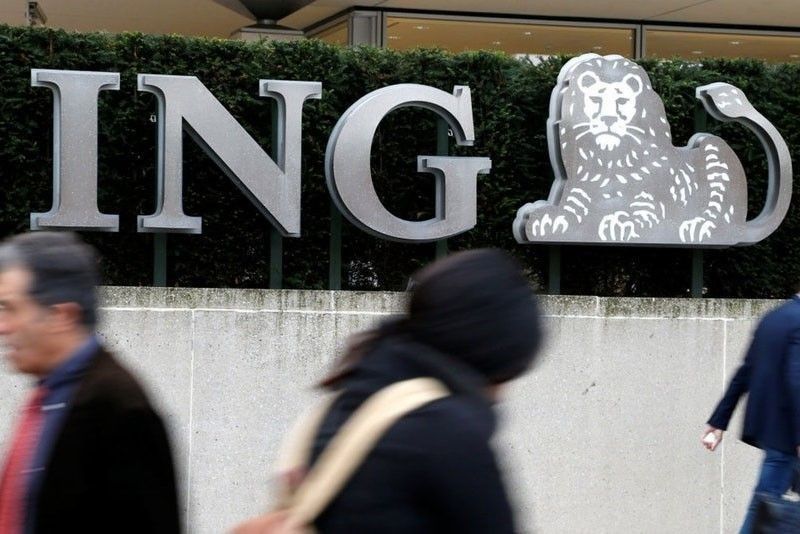ING sees extended GDP slump

MANILA, Philippines — Dutch financial giant ING Bank expects the pandemic-induced economic recession in the Philippines to extend up to the second quarter this year.
“Domestic activity in the coming quarters will likely remain subdued with the economy expected to remain in recession until 2Q 2021, which would translate to only a modest pickup in import demand,” said Nicholas Mapa, senior economist at ING Bank.
The Philippines booked a GDP contraction of 10 percent from January to September last year as the economy stalled when Luzon was placed under enhanced community quarantine in the middle of March to slow the spread of COVID-19.
The slowdown eased to 11.5 percent in the third quarter from a record 16.9 percent in the second quarter last year as the economy partially reopened when the National Capital Region (NCR) shifted to general community quarantine in June.
Economic managers see the country’s GDP bouncing back with a growth of 6.5 to 7.5 percent this year and eight to 10 percent next year after contracting by 8.5 to 9.5 percent last year.
The Philippine economy last contracted by 0.5 percent in 1998 due to the Asian financial crisis.
Latest data from the Philippine Statistics Authority (PSA) showed the country’s trade deficit was almost cut by half to $19.66 billion from January to November last year compared to $37.7 billion in the same period in 2019.
Exports declined by 11.1 percent to $57.97 billion while imports plunged by 24.5 percent to $77.63 billion.
“The current trend of modest gains in exports coupled with weakness in imports will likely continue for at least the first half of the year with the recent spike in COVID-19 cases likely to sap momentum from the recent pickup in global trade, leading to softer export growth,” Mapa said.
For the month of November alone, the country’s trade shortfall narrowed by 52.6 percent to $1.73 billion.
Exports inched up by three percent to $5.79 billion due to the 4.6 percent gain of the country’s mainstay electronics subsector accounting for almost half of the total export portfolio.
On the other hand, imports declined for 19 straight months with a broad-based decline across all major sectors with capital goods and raw materials dropping by 15.8 percent and 16.7 percent, respectively.
“The sharp pullback in economic activity, in particular the steep plunge in capital formation, is mirrored in the decline of both durable equipment/machinery and raw materials used for construction,” Mapa said.
Weaker household demand was reflected in the 24.5 percent decline in consumer goods imports as the recession hit households hard.
ING said the relatively smaller trade deficits posted in recent months were enough to help the country’s current account swing back into surplus.
“With imports expected to remain well-below pre-pandemic levels and exports not seen to sustain their recent pickup in volume, we believe that the trade deficit should remain at manageable levels and that peso should enjoy modest appreciation pressure if the global weak US dollar theme plays out,” he said.
ING sees the country’s GDP recovering with a growth of 4.6 percent in 2021 and 4.2 percent in 2022 after contracting by 10.3 percent in 2020.
- Latest
- Trending
































